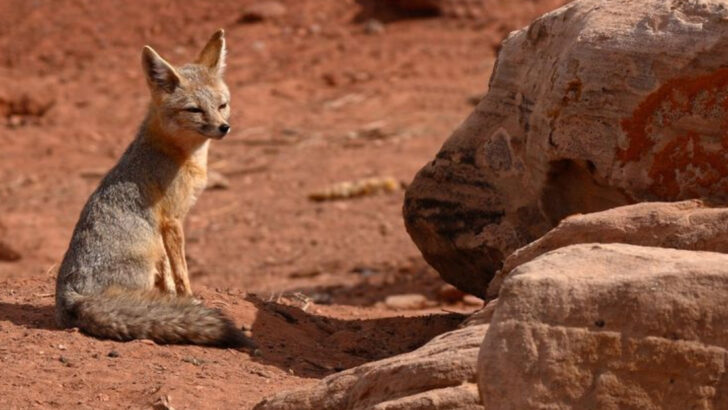Foxes are thriving—just not everywhere. In some states, they dart across roads, dig dens in backyards, and make nighttime mischief a regular thing. In others? You’d be lucky to catch a single glimpse. This sly species is booming in places you might not expect—urban parks, quiet forests, even beach towns. But in three corners of the country, their numbers are fading fast. Why the dramatic split? That’s where it gets interesting. Let’s explore the nine states where foxes are living their best lives— And the three where their silence says everything.
California: A Fox Haven

In California, the foxes roam as freely as the winds through the state’s diverse landscapes. From the towering redwoods to sun-drenched meadows, these creatures thrive. California’s varied ecosystems provide ideal habitats, supporting robust fox populations.
Whether darting through the underbrush or skimming the sandy beaches, foxes here are a common sight, embodying the state’s wild spirit. Their presence in urban areas, surprisingly, has become a natural occurrence.
Fun fact: California’s native fox, the Sierra Nevada red fox, is one of the rarest mammals in North America, adding a layer of intrigue to their existence.
Texas: Foxes Under the Stars

With its sprawling deserts and rich woodlands, Texas offers a unique stage for its fox population. The grey foxes, known for their adaptability, are particularly fond of the state’s varied terrains. At night, these creatures become active, hunting in the cool desert air.
Texan foxes have adapted well to both rural and urban environments, finding niches in bustling cities and quiet ranchlands alike. Their nocturnal antics under the vast Texas sky are a spectacle to behold.
Did you know? The grey fox is one of the few canine species capable of climbing trees, which they often do to escape predators.
Florida: Sunshine and Foxes

In the sun-kissed state of Florida, foxes find abundant opportunities amidst its swamps and beaches. The red and grey foxes are as much a part of Florida’s wildlife as alligators. They navigate through sandy dunes and dense mangroves with ease.
Adapting to the coastal climate, these foxes are often seen during cooler dawn and dusk hours. Their resilience is a testament to their survival skills in this tropical paradise.
Surprisingly, foxes in Florida are known to occasionally snack on crustaceans, showcasing their opportunistic feeding habits.
Colorado: Peaks and Foxes
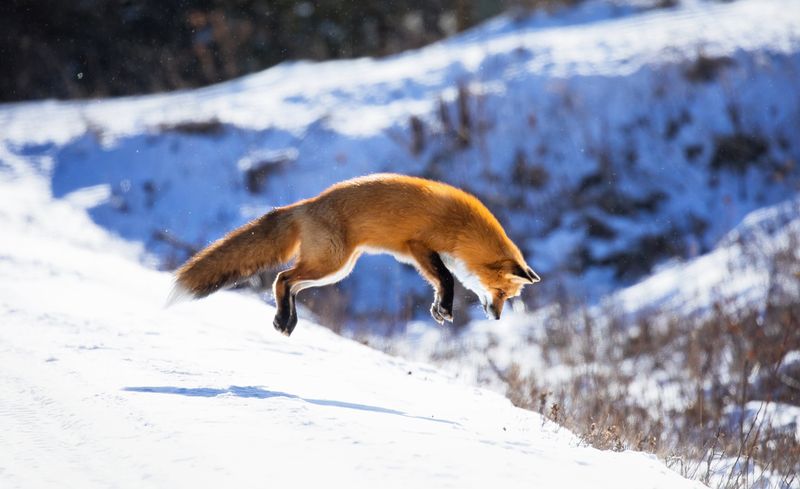
Colorado’s mountainous terrain is a playground for foxes, especially the red foxes that seem to blend perfectly with the winter snows. These foxes are well-adapted to the harsh climate, sporting thick fur coats.
In the high altitudes, foxes are seen chasing after small rodents, making the most of the sparse winter landscape. Their agility and stealth are unmatched in this rugged environment.
Fun fact: In Colorado, the foxes’ ability to thrive in such cold conditions highlights their incredible adaptability and survival instincts.
New York: Urban and Wild Foxes
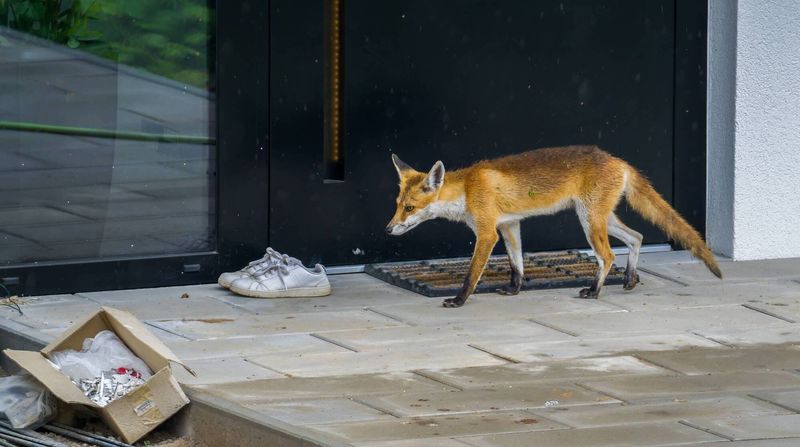
Even amidst the urban sprawl of New York, foxes carve out their niche in city parks and green spaces. These adaptable creatures have learned to thrive in the bustling cityscape, surprisingly crossing paths with humans frequently.
In the quieter parts of New York State, the red and grey foxes are a common sight. Their presence is a reminder of nature’s resilience.
It’s fascinating to note how foxes have adapted to urban life, often seen rummaging through city parks and backyards.
Virginia: Foxes in History
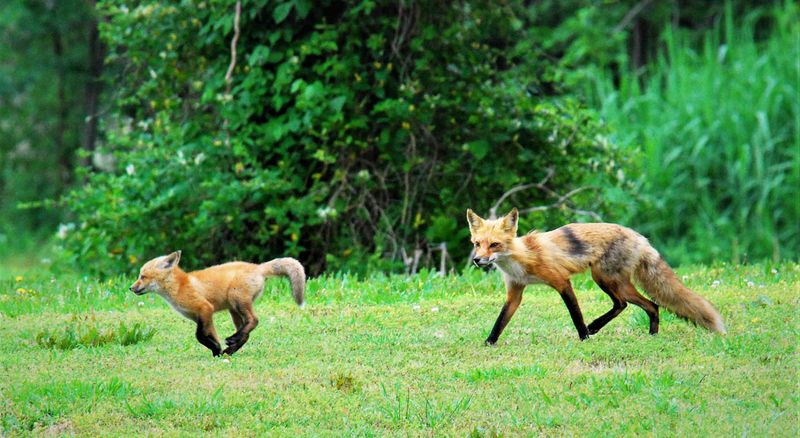
Virginia, with its rich history and lush landscapes, offers a haven for foxes. The red foxes are particularly fond of the state’s forests, where the past and present intertwine.
In the fall, some Virginia forests seem almost alive with fox activity, their red coats striking against the colorful leaves. These foxes, agile and curious, are a part of the state’s natural heritage.
Did you know? Virginia’s foxes have been a part of the state’s folklore for centuries, symbolizing cunning and cleverness.
Minnesota: Foxes of the North
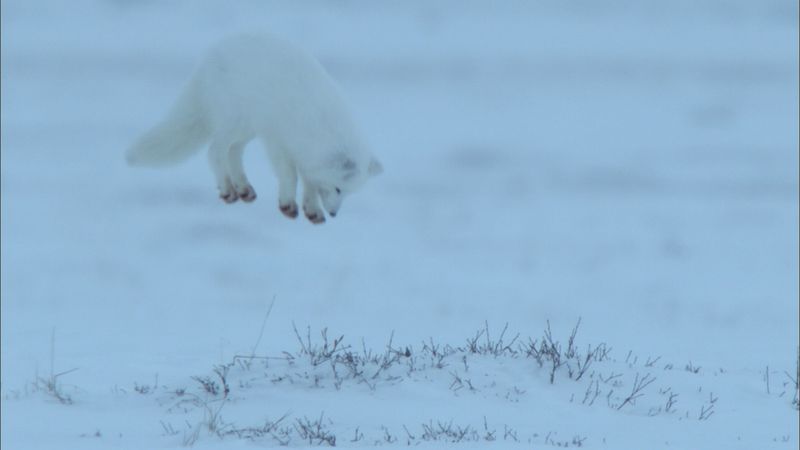
In Minnesota, the foxes are as tough as the winters. The Arctic foxes, in particular, are known for their resilience, thriving in the cold northern climates.
These foxes are often seen hunting in the snow, displaying their remarkable adaptability. Their thick white fur provides perfect camouflage against the snowy backdrop.
Interestingly, Minnesota’s foxes are a testament to nature’s tenacity in some of the harshest conditions in the United States.
Montana: Wild and Free
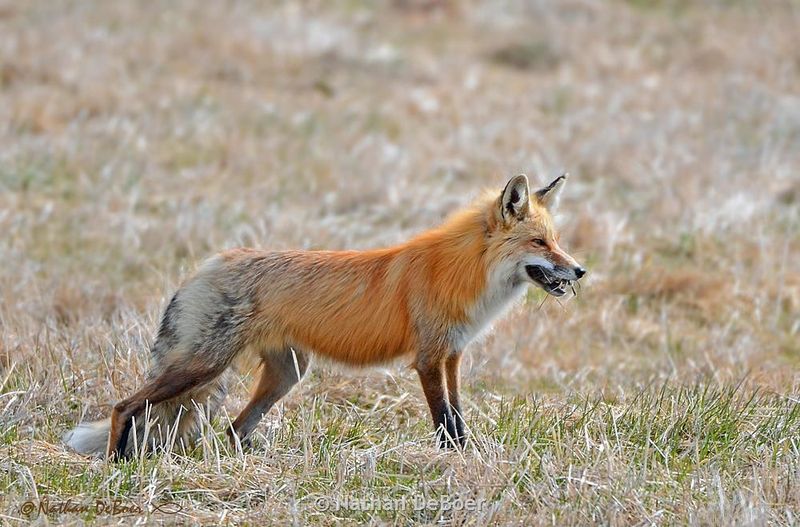
Montana, with its wide-open spaces and big skies, is home to foxes that roam the plains freely. These creatures are often seen darting across the rolling hills, a testament to the state’s untamed beauty.
In the wilderness of Montana, foxes find an abundance of prey and space, allowing their populations to flourish. Their presence is a symbol of the wild spirit of the American West.
Fun fact: In Montana, fox sightings are frequent due to the vast, open landscapes that encourage their natural behavior.
Alaska: Icy Habitats

The rugged wilderness of Alaska provides a challenging yet rewarding environment for its foxes. Here, the Arctic foxes thrive in the icy tundra, their white fur blending seamlessly with the snow.
These foxes are formidable hunters, well-adapted to the cold. Their presence is a testament to the harsh beauty of Alaska’s landscapes.
Did you know? The Arctic fox can endure temperatures as low as -58°F, highlighting their incredible survival skills.
Nevada: Vanishing Act

In Nevada, foxes are becoming a rare sight. The arid desert landscape offers few resources for these adaptable creatures, leading to a decline in their numbers.
Once commonly seen in the state’s vast desert expanses, sightings have become increasingly rare. Conservation efforts are underway to protect these elusive creatures from further decline.
The scarcity of foxes in Nevada highlights the challenges faced by wildlife in arid environments.
New Mexico: Rare Glimpses
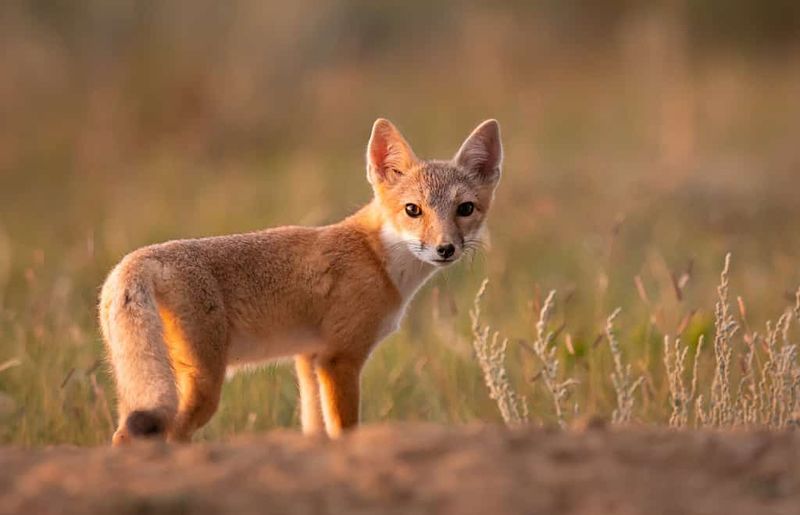
New Mexico’s desert landscapes, while beautiful, present a harsh environment for foxes. Their numbers have dwindled, making sightings a rare and special event.
These foxes are elusive, often seen only by the most observant visitors. Their disappearance serves as a reminder of the delicate balance between nature and human impact.
Efforts to preserve their habitat are crucial in maintaining New Mexico’s natural biodiversity.
Arizona: Disappearing Trails

Once a common sight, foxes in Arizona are now disappearing from the arid landscapes. The harsh desert conditions challenge their survival, leading to a significant decline in their populations.
Their tracks, once prevalent, are now a rare find for those exploring the desert terrain. Conservationists are working tirelessly to protect these vanishing species.
Arizona’s disappearing foxes underscore the need for increased conservation efforts in fragile ecosystems.

